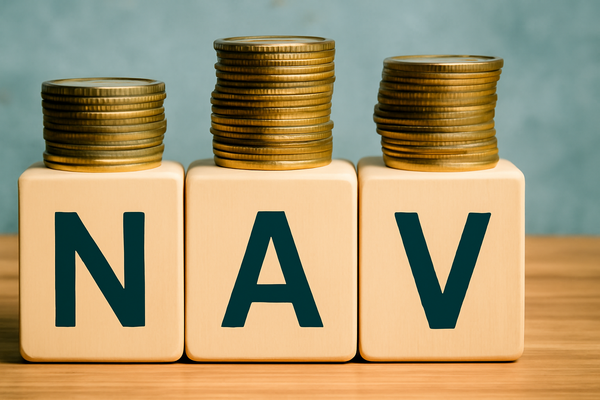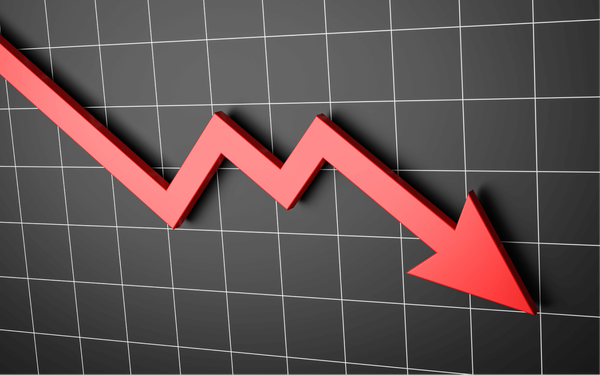Gold vs Equity, which is better?
Gold offers safety. Equities offer growth. But which works better when markets get rough? Here's how to decide between the two during uncertain times.

When markets get shaky, many investors face a tough choice — should you stick with equities for growth or turn to gold for safety? Stocks can offer solid long-term returns, but they tend to swing wildly during turbulent times. Gold, on the other hand, doesn’t promise huge gains but brings a sense of stability when everything else feels uncertain. Knowing how both behave during market ups and downs can help you invest smarter. In this article, we’ll break down how volatility affects your investments, when gold might be the better bet over equities, and how to balance your portfolio when things get unpredictable.
Why does volatility change the rules of investing?
Volatility is the extent and the rate at which asset prices move. Market concerns often stem from factors such as global conflicts, economic uncertainty, inflation, or shifts in government policies. Investor behaviour changes with such events.
- Fear drives gold demand: Investors seek gold as a safe store of value during financial uncertainty.
- Stock sell-offs increase: The equity markets typically undergo sharp price declines at the peak of uncertainty.
Gold vs Stocks during market crises
When evaluating which performs better, history offers valuable lessons. Below is a table summarising how gold and equity performed during past financial crises:
Differences between Gold and Equity
The table below compares gold and equity across key investment factors, helping you understand their roles and performance in different market conditions:
When to prefer Gold over Equity?
Gold is not just a traditional but a strategic asset, particularly during heightened uncertainty.
- During inflationary phases, Gold maintains its purchasing power better than cash or bonds.
- When currency weakens, Gold shall rise in price in a currency devaluation.
- If interest rates are volatile, when rates rise sharply, equity returns decline, and gold is unaffected.
The right mix
Here’s a sample asset allocation strategy designed to balance growth, safety, and liquidity during volatile market conditions:
What trends suggest
Here’s a comparison of how gold and equity respond to market volatility, along with their key benefits and limitations:
Tips to manage portfolio in volatility
Here’s how to endure turbulent times without losing sleep or money:
- Don’t go all-in on any one asset: Both gold and equity play their respective roles. Diversification is a must.
- Use SIPs to average out equity costs: When markets fall, SIPs tend to lower the average purchase prices.
- Track gold trends during inflation or conflict: More should be allocated to gold when a global threat rises.
- Review your asset mix every quarter: Volatilities change quickly, and your portfolio should be responsive.
Balance over bias
When there is volatility, fear and opportunity will rise. Instead of entering into a debate on whether gold vs equity in volatility, focus on making a case for using both for immediate resilience and growth. Gold calms; equity builds wealth. They are a calmer and stronger combination for a portfolio.




